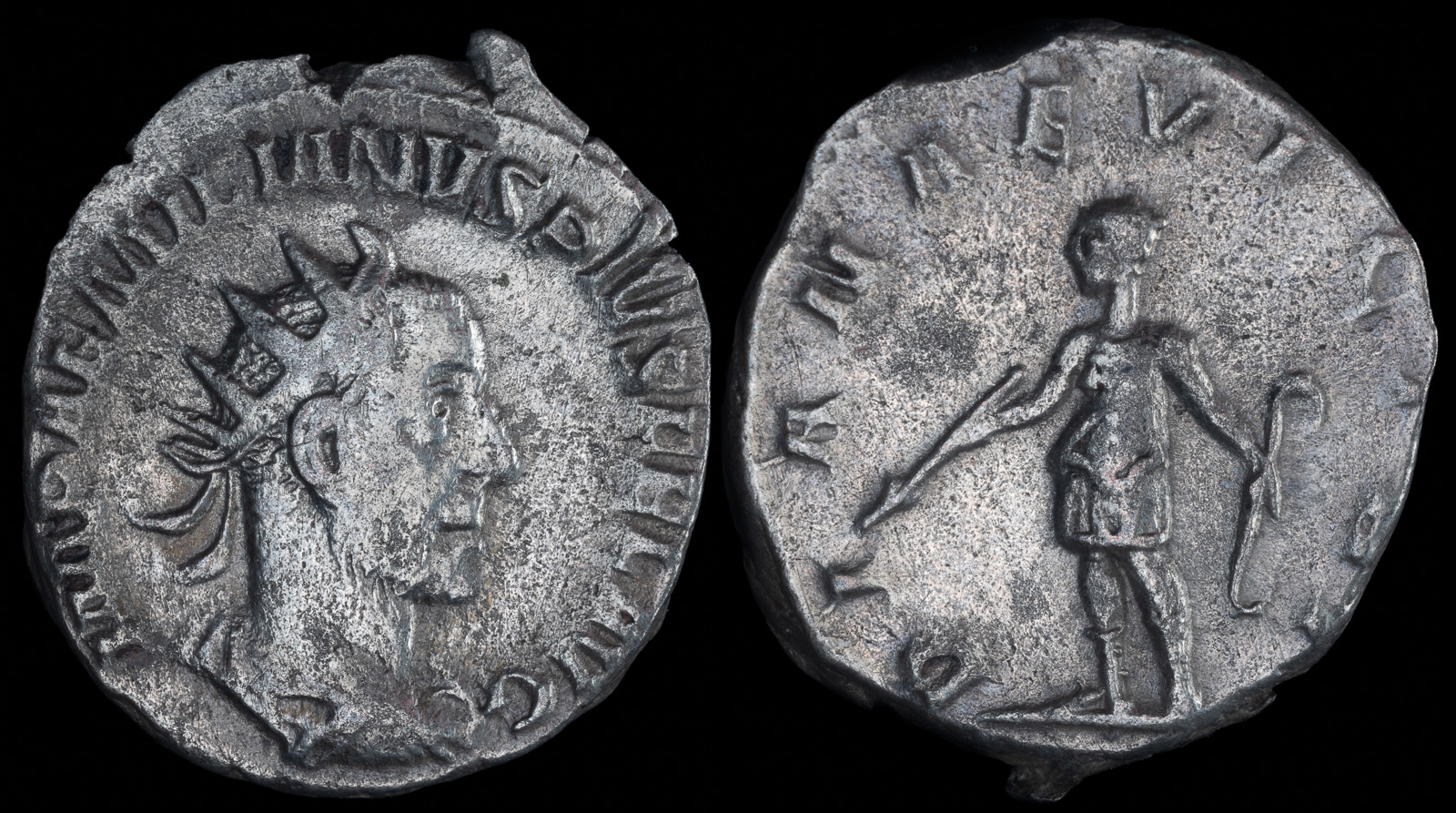Antoninianus
View All Tags
The Antoninianus was a Roman silver coin introduced by the emperor Carus in 214 CE during the reign of his son Carinus. Initially, it was meant to be a more valuable successor to the denarius, with the intention of increasing the Roman empire’s coinage output to address economic pressures. The Antoninianus was roughly worth two denarii and was often marked with the legend “M. Ant. Aug.”, referring to the emperor’s full title, “Marcus Antonius Augustus,” or simply “Antoninus” in later issues. However, the Antoninianus’ value rapidly depreciated as time went on, largely due to the increasing use of lower-quality metals in its production, which led to inflation and a decrease in its silver content.
The coin was characterized by its larger size compared to the denarius, but this was not accompanied by a corresponding increase in the actual amount of precious metal. Initially, the Antoninianus contained a significant percentage of silver (around 50% during its early years), but over time, especially during the later part of the Crisis of the Third Century (235–284 CE), the silver content sharply decreased, and it was gradually debased with copper. This debasement reflected the economic struggles of the Roman Empire during the period, with emperors attempting to maintain their military and administrative apparatus in the face of continuous pressures from invasions, civil war, and fiscal crises.
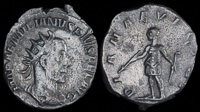
Aemilian 253 CE
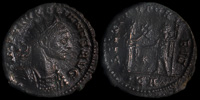
Aurelian 270-275 CE

Carinus 283-285 CE

Carus 282-283 CE
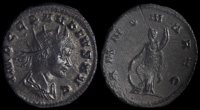
Claudius Gauthicus 268-270 CE
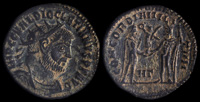
Diocletian 284-305 CE
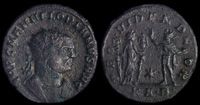
Florian 276 CE
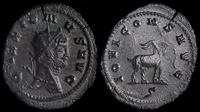
Gallienus 253-268 CE
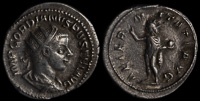
Gordian III 238-244 CE

Gordian III 238-244 CE
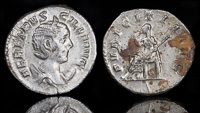
Herennia Etruscilla 250 CE
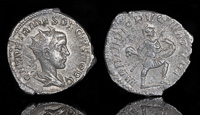
Herennius Etruscus 250-251 CE
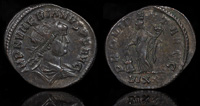
Numerian 283-284 CE

Otacilia Severa 244-249 CE
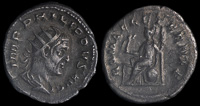
Philip I 247-249 CE

Philip II 244-246 CE
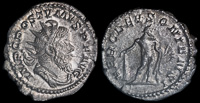
Postumus 260 CE
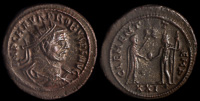
Probus 276-282 CE
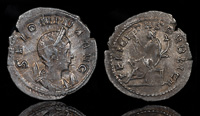
Salonina 257-258 CE
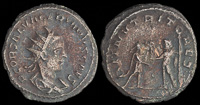
Saloninus 258-260 CE

Tacitus 275 CE
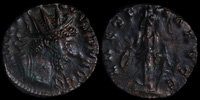
Tetricus 272-273 CE
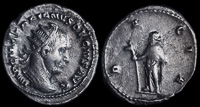
Trajan Decius 249-251 CE
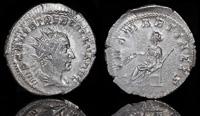
Trebonianus Gallus 251-253 CE

Vabalathus 272 CE
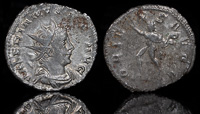
Valerian I 257 CE
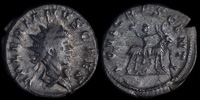
Valerian II 256-258 CE
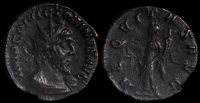
Victorinus 269 CE

Volusian 251-253 CE
